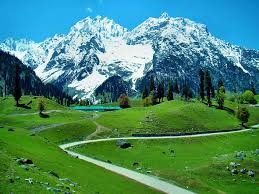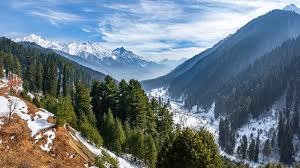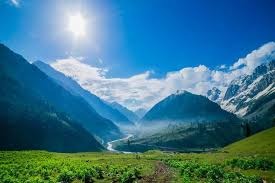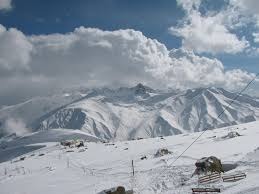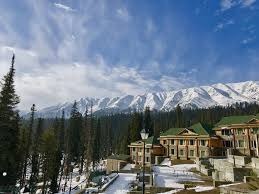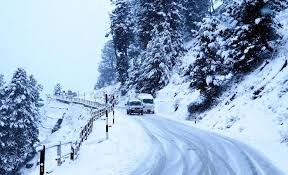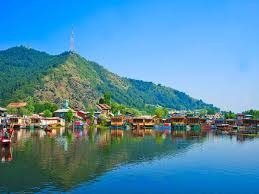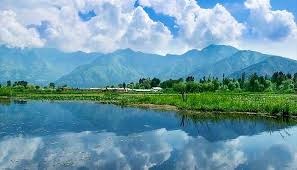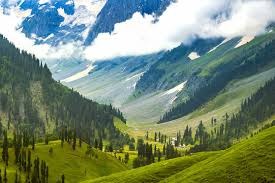Nestled in the northernmost part of the Indian subcontinent, Kashmir is a region of breathtaking natural beauty, complex political history, and rich cultural heritage. Known as "Paradise on Earth" for its stunning landscapes, Kashmir has captivated travelers, poets, and historians for centuries. Yet, beyond its picturesque scenery lies a story of enduring conflict, diverse cultures, and resilience.
The Allure of Kashmir
Kashmir's landscape is a tapestry of snow-capped mountains, lush valleys, serene lakes, and verdant meadows. The region’s natural beauty is perhaps best exemplified by the iconic Dal Lake, often referred to as the "Jewel of Srinagar." The houseboats and shikaras (traditional wooden boats) that glide across its tranquil waters evoke a sense of timelessness and tranquility.
The Himalayan range, with its towering peaks and sprawling forests, offers a haven for trekkers and adventure seekers. The famous Gulmarg, known for its world-class skiing facilities, transforms into a winter wonderland each year. Meanwhile, the meadows of Pahalgam provide a serene escape for those seeking solace in nature.
A Tapestry of Cultures and History
Kashmir’s strategic location at the crossroads of South and Central Asia has imbued it with a rich cultural heritage. The region has been a melting pot of diverse influences, from ancient Hindu and Buddhist traditions to Islamic and Persian elements. This cultural amalgamation is reflected in its art, architecture, and cuisine.
The historic city of Srinagar, once a prominent center of learning and culture, is home to stunning examples of Mughal architecture. The Shankaracharya Temple, perched atop a hill, offers panoramic views of the city and Dal Lake. The Mughal Gardens—Shalimar Bagh, Nishat Bagh, and Chashme Shahi—are architectural marvels that showcase the grandeur of Mughal horticulture and design.
Kashmiri cuisine is another testament to the region's diverse heritage. The traditional Wazwan feast, a culinary art form, includes dishes like Rogan Josh, Yakhni, and Gustaba, prepared with a rich blend of spices and flavors that reflect the cultural confluence of the region.
The Shadow of Conflict
Despite its natural and cultural splendor, Kashmir's story is also marked by conflict. The region has been at the center of a protracted dispute between India and Pakistan since the partition of British India in 1947. The territorial disagreement over Jammu and Kashmir has led to multiple wars and ongoing skirmishes, resulting in significant loss of life and suffering for the people of the region.
The conflict has given rise to a complex web of political, social, and economic challenges. Issues such as political autonomy, human rights, and regional security continue to affect the lives of ordinary Kashmiris. Various peace initiatives and dialogue processes have been attempted over the years, but a lasting resolution remains elusive.
The Resilience of the Kashmiri People
Amid the challenges, the resilience and spirit of the Kashmiri people shine through. The region’s rich traditions, vibrant festivals, and community life continue to thrive despite adversity. Kashmiri art forms, including Pashmina weaving and traditional embroidery, not only preserve the cultural heritage but also provide economic opportunities for local artisans.
In recent years, efforts to promote tourism and economic development in Kashmir have sought to balance the need for stability with the preservation of the region’s unique identity. Community-driven initiatives and cultural programs play a crucial role in fostering a sense of unity and hope for a brighter future.
Conclusion
Kashmir is a region of paradoxes—a land of unparalleled beauty shadowed by political turmoil, a place where ancient traditions coexist with the modern world. Its story is one of both grandeur and struggle, of natural splendor and human endurance. As the world watches, the hope is that Kashmir's future will be shaped by peace, prosperity, and the enduring spirit of its people. For now, it remains a poignant reminder of the complex interplay between nature, culture, and politics in one of South Asia's most enchanting regions.


